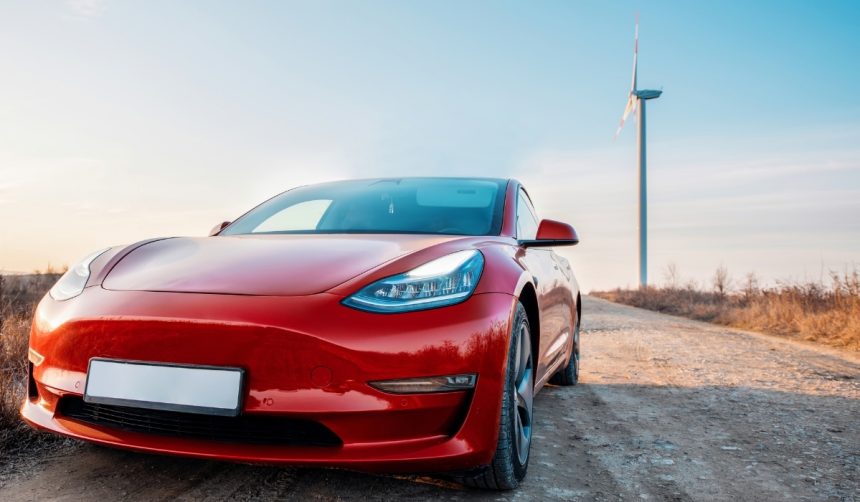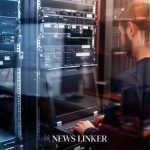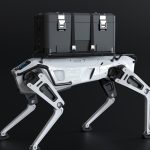Tesla’s pursuit of autonomous ride-hailing is once again drawing attention as indications point to an expansion of its Robotaxi service. With its initial operation established in Austin, Texas, customers have experienced Robotaxi rides facilitated entirely by Tesla’s automated systems, overseen only by a safety monitor positioned in the passenger seat. Recent activity within the Robotaxi app, including a notification requiring user agreement to updated terms, suggests the service may soon arrive in California. Subtle differences in regulatory requirements between Texas and California have emerged, shaping Tesla’s operational strategy for each market. The company’s approach is being closely watched not only by regulators but also by industry competitors and potential customers eager to see the practical outcomes of large-scale autonomous ride-hailing.
Tesla has long communicated ambitions for broad Robotaxi deployment, with California frequently cited among priority markets. Past reports often speculated about regulatory challenges as well as public safety concerns that could slow the expansion. While Austin witnessed the early rollout of unsupervised vehicles, earlier information suggested California regulators would likely insist on safety measures such as an in-car monitor in the driver’s seat—now confirmed by the latest user messages. This careful adaptation aligns with Tesla’s incremental approach to regulatory approval and hints that the California launch, while slower than some initial predictions, is drawing nearer as more robust oversight is implemented.
Distinct Operational Models Set for Texas and California
Tesla’s Robotaxi rides in Texas differ notably from what is planned in California. In Texas, the service operates without anyone in the driver’s seat; instead, a Safety Monitor sits in the passenger compartment to oversee the autonomous journey. In contrast, California regulations demand a monitor in the driver’s seat, even when the vehicle runs on the Full Self-Driving (FSD) (Supervised) system. This adjustment is mandated by the California Public Utilities Commission’s authority, highlighting Tesla’s need to carefully navigate legal requirements in each region.
How Does the Robotaxi App Reflect Imminent California Service?
Tesla’s communication to users through the Robotaxi app underlines their close proximity to launching in California. The terms explicitly state operational distinctions between jurisdictions:
“If your ride is taking place outside of California, it is being conducted autonomously…If your ride is taking place in California, it is being conducted with a safety driver using FSD (Supervised) pursuant to authority from the California Public Utilities Commission.”
This message has prompted speculation that the expansion will occur in the near future, though, at this time, no designated geofence has been observed in the Bay Area within the app interface.
How Is Tesla Prioritizing Safety and Regulatory Compliance?
To meet regulatory standards, Tesla will require a monitor in the driver’s position for California Robotaxi rides. This strategy responds directly to state regulatory bodies, as referenced in the updated app terms, and echoes CEO Elon Musk’s previously articulated focus on safety.
“Safety is prioritized throughout every phase of deployment,”
a Tesla spokesperson previously commented. The company’s choice to maintain these safety provisions, even as it advances toward full autonomy, highlights an awareness of both public and political expectations.
The looming expansion of Tesla’s Robotaxi platform to California draws attention to the complexities involved in scaling autonomous vehicles for public use. While competitors in the industry have also invested heavily in pilot programs, Tesla’s phased approach—first with unsupervised trials in Austin and then supervised trials in California—demonstrates the need to adapt technology rollouts for differing legislative climates. Customers interested in autonomous ride-hailing should be aware that, until regulators are satisfied, a human presence will remain a requirement in key regions. As more data emerges from supervised deployments, it may shed light on whether such incremental approaches foster public confidence and meet safety benchmarks, influencing the pace at which true unsupervised autonomous taxis will spread nationally.
- Tesla signals imminent Robotaxi expansion from Texas to California.
- California rides will require a safety driver in the driver’s seat.
- No geofenced areas for the service are live yet in California.










